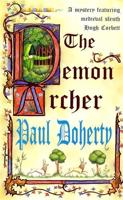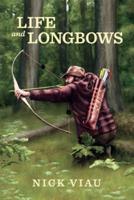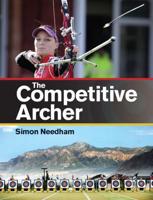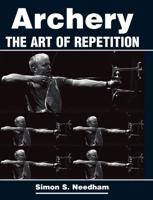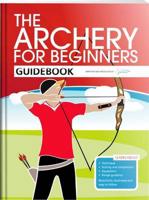Publisher's Synopsis
This unique book looks for the first time at archery techniques from the point of view of the interrelationship between the anatomy of the human body and the anatomy of the bow. By highlighting the primary power sources involved in the performance of the sport it enables coaches and archers alike to understand and perfect their skills in ways that use the natural movements of archer and bow in co-ordination. Previous books have emphasised, quite rightly, the importance of the right mental approach to the sport - concentration, determination, motivation and visualisation. However, mental powers on their own are not enough to guarantee a good performance. Archery is a natural psychophysical motor skill that depends on efficient use of bones, joints, muscles and tendons. Archery Anatomy combines clear, accurate drawings and diagrams with explanatory text to provide a primer on the subject that is accessible even to those with no technological bias. The book is not tied to any specific national or international rules; it can be used by archers throughout the world to gain an understanding of the bio-mechanics of the sport. Originating from the author's awareness that the basic problems of most archers stemmed from their ignorance of these aspects, it should make an invaluable contribution to the overall improvement of performance standards. Despite the important interrelationship in archery between the anatomy of the human body and the anatomy of the bow, no book on the subject has previously been published. ARCHERY ANATOMY will therefore be an important and unique primer for coaches and performers alike. Detailed drawings combined with explanatory text explain how the skeleton and muscles should be used to improve performance in the most natural way, without artificial or strained movements. The book will stimulate analysis and understanding of the sport and, since it is not tied to any national or international rules, it will be useful to archers throughout the world, regardless of what discipline is practised. Coming at a time when sports science is becoming an essential qualification for all coaches, it is likely to be recognised as the standard work on the subject.



